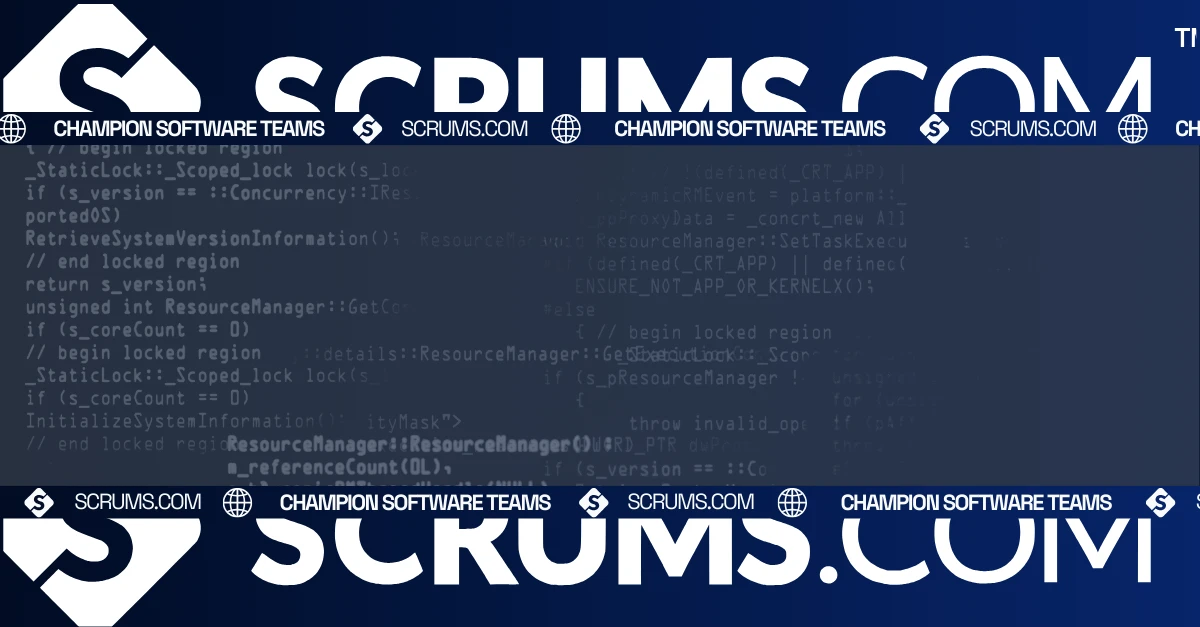Navicat GUI: DB Management Tool
Introduction to Navicat
Navicat is a robust database management and development tool designed to simplify and streamline the management of databases across various platforms. With its intuitive interface and advanced features, Navicat allows businesses and developers to efficiently manage databases, execute SQL queries, design schemas, and automate tasks. This tool is highly valuable for business owners, CTOs, and developers aiming to improve database performance, security, and productivity in an increasingly data-driven landscape.
What is Navicat?
Navicat is a proprietary database management and development tool created by PremiumSoft CyberTech Ltd. Since its launch in 2001, Navicat has evolved into one of the leading tools for managing databases, offering support for a wide range of database systems, including MySQL, MariaDB, SQL Server, SQLite, Oracle, PostgreSQL, and MongoDB.
The primary problem Navicat solves is the complexity of managing multiple databases across different environments. By providing a unified platform with rich functionalities, Navicat enables database administrators, developers, and analysts to perform complex database operations, design schemas, automate workflows, and visualize data with ease. It is particularly effective for projects that require a high level of database interaction, from developing data-driven applications to maintaining enterprise-grade databases.
Core Features and Functionalities
Navicat offers an extensive set of features tailored to meet the needs of both business and development teams:
Cross-Platform Compatibility: Supports multiple database types such as MySQL, MariaDB, PostgreSQL, Oracle, SQLite, SQL Server, and MongoDB, enabling management of diverse database environments.
Advanced SQL Editor: Provides a powerful SQL editor with features like code completion, syntax highlighting, and debugging tools, making SQL query development faster and more efficient.
Data Modeling Tool: Enables users to visually design and model database schemas, relationships, and constraints, helping to create and optimize database structures.
Data Transfer, Backup, and Synchronization: Facilitates seamless data transfer, backup, and synchronization between databases, reducing the risks of data loss and ensuring data consistency.
Automation with Batch Jobs: Allows users to automate repetitive tasks such as report generation, backups, and data synchronization through a job scheduler, enhancing efficiency.
Data Visualization and Reporting: Offers tools to create interactive data visualizations and generate detailed reports, providing valuable insights for data-driven decision-making.
Secure Connections: Supports SSH and SSL tunneling, ensuring secure connections to databases and preventing unauthorized access.
Navicat Cloud Collaboration: Enables users to sync connection settings, queries, models, and virtual groups to the cloud for collaboration and sharing with team members.
These features provide significant business value by enhancing database management efficiency, reducing manual effort, and ensuring data integrity and security.
Benefits for Businesses and Development Teams
For Businesses:
- Improved Data Management: Navicat simplifies database management across multiple platforms, reducing the complexity and enhancing data integrity.
- Enhanced Security and Compliance: Supports secure connections through SSH and SSL, ensuring that sensitive data is protected and complies with regulatory standards.
- Cost Efficiency: By automating repetitive database tasks and providing cross-platform management, Navicat helps businesses reduce operational costs and optimize resources.
- Accelerated Decision-Making: The data visualization and reporting features enable businesses to gain insights quickly, supporting faster and more informed decision-making.
- Seamless Team Collaboration: With Navicat Cloud, teams can easily share and collaborate on database connections, queries, and models, improving productivity and communication.
For Developers:
- Unified Database Management: Navicat’s cross-platform support allows developers to manage different types of databases from a single interface, simplifying workflows.
- Powerful SQL Development: The advanced SQL editor with code completion, syntax highlighting, and debugging tools speeds up query writing and reduces errors.
- Data Modeling and Schema Design: Provides a comprehensive data modeling tool to visually design database schemas, making development and optimization more efficient.
- Integration with DevOps Tools: Integrates with CI/CD pipelines and version control systems, enabling automated deployments and streamlined development processes.
- Robust Security Features: Ensures secure database connections with SSH and SSL support, providing peace of mind for developers handling sensitive data.
Use Cases and Applications
Navicat's versatility makes it ideal for a variety of use cases across different industries:
Database Administration: A perfect tool for DBAs who need to manage multiple databases, perform backups, synchronize data, and optimize database performance.
Data Analysis and Reporting: Enables data analysts to perform complex queries, visualize data, and generate reports for business intelligence.
DevOps and Continuous Integration: Supports integration with CI/CD tools, enabling database changes to be incorporated seamlessly into automated deployment workflows.
Industry-Specific Applications:
- Fintech: Manages secure, high-performance databases required for financial applications, ensuring data compliance and integrity.
- Healthcare: Supports the secure handling of sensitive patient data while complying with regulations like HIPAA.
- E-commerce: Manages high-volume databases for real-time analytics, personalization, and transaction processing to enhance the customer experience.
Integration Capabilities and Ecosystem
Navicat is designed to integrate seamlessly with various development tools, platforms, and ecosystems.
- Popular Platforms: Integrates with cloud platforms like AWS, Microsoft Azure, and Google Cloud, enabling flexible deployment and management.
- Development Tools: Compatible with tools like Visual Studio Code, GitHub, Jenkins, and CI/CD pipelines for automated database management and deployments.
- API Availability: Navicat provides an API for automating database tasks and enabling integration with custom applications and scripts.
- Extensions and Plugins: Supports various extensions and plugins for enhanced functionalities, such as advanced monitoring, security, and data analysis.
Comparison with Alternatives
Navicat is often compared with other database management tools like DBeaver, SQLyog, and MySQL Workbench. Here’s a brief comparison:
- Pros: Comprehensive support for multiple databases, user-friendly interface, powerful data modeling tools, and strong integration capabilities.
- Cons: Paid tool with a license cost, which may be a consideration for smaller teams or startups.
- Cost Considerations: Navicat offers a range of pricing plans, including a trial version and paid licenses for individual, enterprise, and educational use.
- When to Choose Navicat: Opt for Navicat when you need a versatile, cross-platform solution for managing multiple databases with robust data modeling, automation, and collaboration features.
Getting Started with Navicat
Here’s a step-by-step guide for business decision-makers and developers to get started with Navicat:
- Download and Install Navicat: Visit the Navicat website to download the appropriate version for your operating system and install it.
- Connect to Databases: Use Navicat to connect to different types of databases, whether on-premises or cloud-based, using secure authentication methods.
- Explore SQL Editor and Data Modeling Tools: Familiarize yourself with the SQL Builder, Editor, and Data Modeling tools to manage databases and write efficient queries.
- Set Up Automation and Scheduling: Use Navicat’s automation features to schedule backups, data synchronization, and other repetitive tasks, saving time and reducing errors.
- Collaborate with Teams Using Navicat Cloud: Share connections, queries, and models securely with team members using Navicat Cloud for enhanced collaboration.
- Integrate with DevOps Workflows: Connect Navicat with CI/CD tools like Jenkins, GitHub Actions, or Azure DevOps for automated database deployment and management.
Refer to Navicat Documentation for tutorials, webinars, and comprehensive guides.
Related Tools and Resources
- Navicat vs. MySQL Workbench: Compare the features, pricing, and benefits of Navicat and MySQL Workbench.
- Integrating Navicat with CI/CD Tools: Learn how to integrate Navicat with Jenkins, GitHub Actions, and other DevOps tools.
- Best Practices for Database Management with Navicat: Discover strategies and tools for optimizing database management with Navicat.
- Navicat Documentation: Navicat Documentation for comprehensive guides and tutorials.
Explore Related Software Development Tools
FAQs
We've got you covered, these are some common questions we receive. Not seeing the answer to something?...
Navicat offers various pricing plans, including single-database licenses, cross-database licenses, and enterprise licenses, with one-time purchase or subscription options.
Navicat simplifies database management, enhances productivity, and supports DevOps workflows, making it ideal for software development.
Navicat provides secure connections using SSH and SSL tunneling, ensuring data privacy and security.
Yes, Navicat integrates with CI/CD tools like Jenkins and GitHub, enabling automated database management within DevOps workflows.
Yes, Navicat Cloud allows teams to sync and share connections, queries, models, and tasks, facilitating seamless collaboration.
Yes, Navicat offers a 14-day free trial to explore all its features and capabilities before making a purchase.
Explore Software Development Blogs
The most recent trends and insights to expand your software development knowledge.






